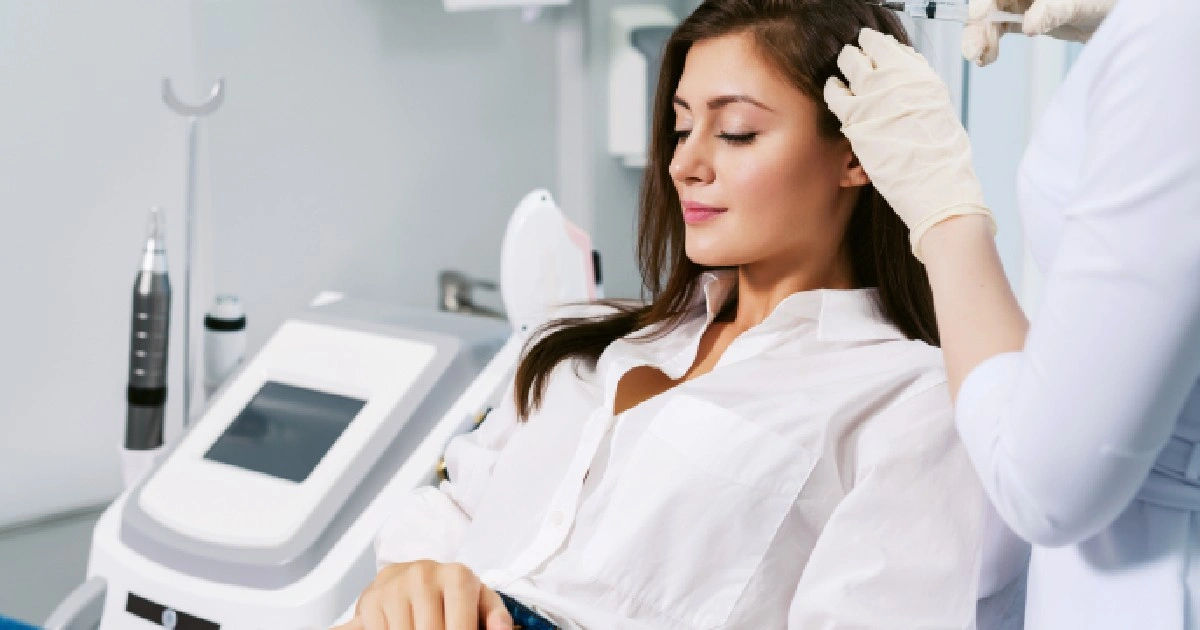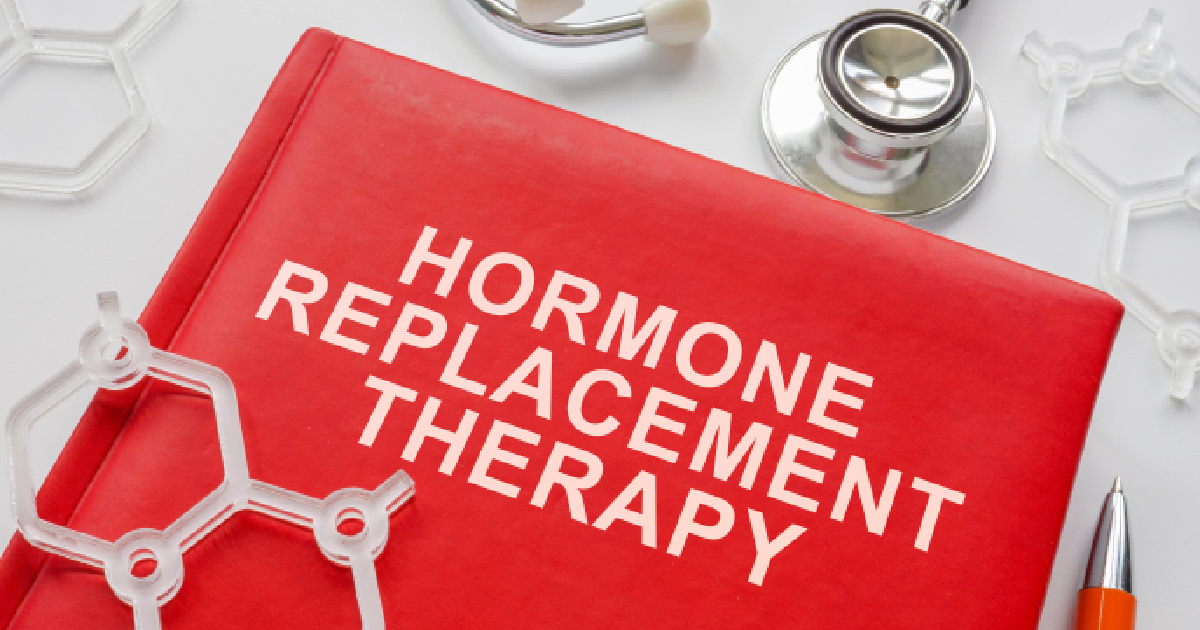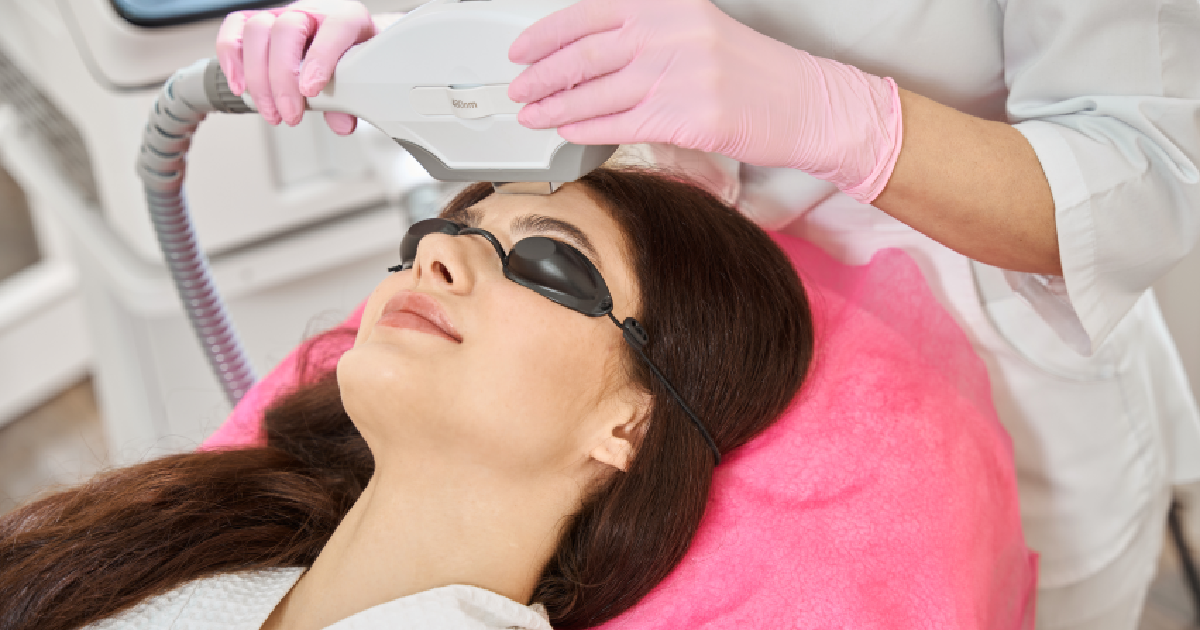We Are Often Asked Does Cupping Therapy Work And What Are The Benefits It Provides?
Have you heard of cupping therapy? It is also called Decompression Myofascial Release. This therapy involves the use of a pneumatic pump and plastic vacuum cups. The intent is to release the fascia and soft tissue underneath.
Cupping creates negative pressure caused by suction. This form of decompression “alters blood flow and metabolic exchange within the tissues.” Static cupping treats deep tissue while running cupping ‘works out the kinks.’
Cupping therapy is not a fad. It is, in fact, a traditional treatment used in ancient cultures. Early practitioners used hollow horns, bones or bamboo to achieve the desired results.
Cupping Therapy Benefits
- Cupping therapy for back pain. This type of therapy can help manage low and mid back pain. It can also be effective for neck, elbow or shoulder pain.
- Mobilizes joints and tissues. Cupping can help reduce stiffness and improve mobility. It can support tissue health. Cupping draws out toxins from the muscles.
- Reduces pain. Cupping therapy can affect a person’s threshold for pain. It can trigger the release of endorphins. Endorphins are chemicals aka neurotransmitters. They pass along signals from one neuron to the next. They are vital to the central nervous system. Endorphins are produced in response to stimuli like pain or stress.
- Improves circulation and lymphatics. It can help “clean the blood and lymph.” It can also balance pH levels. By promoting the flow of lymphatic fluid, it boosts the immune system.
- Provides diagnostic guidance. Seeing the spots that bruise allow the doctor to determine underlying issues. It also helps them create a better treatment plan that will address the root cause of pain and tension.
Other associated benefits include expelling congestion, loosening adhesion and facilitating the movement of Qi. Qi, or chi, refers to “vital life force.” Lack of sleep, fresh air or exercise can cause a deficiency.
Environmental toxins, stress and negative emotions can cause excess qi. In Traditional Chinese Medicine, it is important to balance qi to achieve good health. Did you know that another modality that can help balance qi is acupuncture?
What To Expect After Cupping
Remember Olympic swimmer Michael Phelps in 2016 and his “mysterious” circular bruises that made headlines? Those were cupping bruises and they are normal. Typically, you’ll see three colors—purple, red or pink.
A dark purple cupping bruise means that the area has very poor circulation. This can keep an area ‘sick’ or full of toxins. A dark red bruise means there is inflammation. It can also mean active muscle strain or fragile capillaries.
A pink spot is a relatively good sign. It means little to no impairment in circulation and healthy muscle tissue. So, does cupping therapy work?
Yes, it does! Like other therapies based on regenerative medicine, it stimulates the body’s natural healing abilities.
Do you have questions about cupping therapy and acupuncture in Scottsdale? Want to know if you are a fit candidate for this kind of treatment? Contact us now for a complimentary consultation.

About the Author
Dr. Steven Sorr is the founder and chief medical officer at Source of Health in Scottsdale, AZ and has been in clinical practice using regenerative medicine since 2013. He received his doctorate in naturopathic medicine from SCNM and is a licensed healthcare provider in Arizona.
Dr. Sorr brings a huge passion for life and a diverse educational background of food, yoga, and medicine to the Source of Health. His goal is to revolutionize the standard of care mindset by making significant strides in evidence-based therapies that are drug and surgery-free to restore high-level health for all.






